2,6-Dichlorobenzoic acid
Modify Date: 2025-08-21 07:02:31
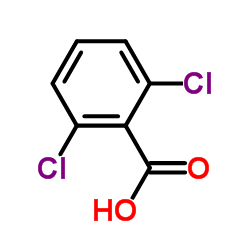
2,6-Dichlorobenzoic acid structure
|
Common Name | 2,6-Dichlorobenzoic acid | ||
|---|---|---|---|---|
| CAS Number | 50-30-6 | Molecular Weight | 191.012 | |
| Density | 1.5±0.1 g/cm3 | Boiling Point | 298.7±20.0 °C at 760 mmHg | |
| Molecular Formula | C7H4Cl2O2 | Melting Point | 139-142 °C(lit.) | |
| MSDS | Chinese USA | Flash Point | 134.5±21.8 °C | |
| Symbol |

GHS07 |
Signal Word | Warning | |
| Name | 2,6-dichlorobenzoic acid |
|---|---|
| Synonym | More Synonyms |
| Density | 1.5±0.1 g/cm3 |
|---|---|
| Boiling Point | 298.7±20.0 °C at 760 mmHg |
| Melting Point | 139-142 °C(lit.) |
| Molecular Formula | C7H4Cl2O2 |
| Molecular Weight | 191.012 |
| Flash Point | 134.5±21.8 °C |
| Exact Mass | 189.958832 |
| PSA | 37.30000 |
| LogP | 2.20 |
| Vapour Pressure | 0.0±0.7 mmHg at 25°C |
| Index of Refraction | 1.599 |
| InChIKey | MRUDNSFOFOQZDA-UHFFFAOYSA-N |
| SMILES | O=C(O)c1c(Cl)cccc1Cl |
| Stability | Stable. Incompatible with strong oxidizing agents. |
| Water Solubility | 0.1-1 g/100 mL at 19 ºC |
CHEMICAL IDENTIFICATION
HEALTH HAZARD DATAACUTE TOXICITY DATA
|
| Symbol |

GHS07 |
|---|---|
| Signal Word | Warning |
| Hazard Statements | H315-H319-H335 |
| Precautionary Statements | P261-P305 + P351 + P338 |
| Personal Protective Equipment | dust mask type N95 (US);Eyeshields;Gloves |
| Hazard Codes | Xi:Irritant |
| Risk Phrases | R36/37/38 |
| Safety Phrases | S26-S36-S24/25 |
| RIDADR | NONH for all modes of transport |
| WGK Germany | 3 |
| RTECS | DG7000000 |
| HS Code | 29163900 |
| Precursor 10 | |
|---|---|
| DownStream 10 | |
| HS Code | 2916399090 |
|---|---|
| Summary | 2916399090 other aromatic monocarboxylic acids, their anhydrides, halides, peroxides, peroxyacids and their derivatives VAT:17.0% Tax rebate rate:9.0% Supervision conditions:none MFN tariff:6.5% General tariff:30.0% |
|
Study of Cytotoxic Effects of Benzonitrile Pesticides.
Biomed Res. Int. 2015 , 381264, (2015) The benzonitrile herbicides bromoxynil, chloroxynil, dichlobenil, and ioxynil have been used actively worldwide to control weeds in agriculture since 1970s. Even though dichlobenil is prohibited in EU... |
| QVR BG FG |
| EINECS 200-025-9 |
| Benzoic acid,2,6-dichloro |
| MFCD00002418 |
| Benzoic acid, 2,6-dichloro- |
| 2,6-dichloro-benzoic acid |
| 2,6-Dichlor-benzoesaeure |
| 2,6-dichlorophenylcarboxylic acid |
| 2,5-DICHLORO-3'-PIPERIDINOMETHYL BENZOPHENONE |
| 2,6-Dichlorobenzoic acid |
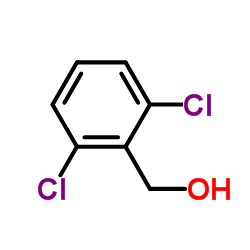 CAS#:15258-73-8
CAS#:15258-73-8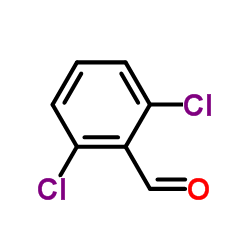 CAS#:83-38-5
CAS#:83-38-5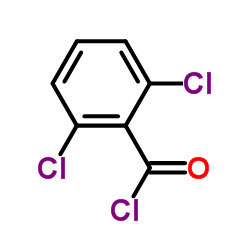 CAS#:4659-45-4
CAS#:4659-45-4 CAS#:124-38-9
CAS#:124-38-9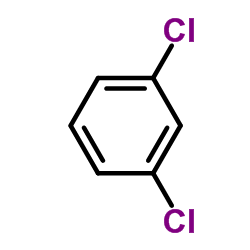 CAS#:541-73-1
CAS#:541-73-1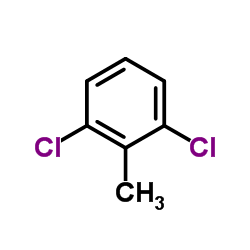 CAS#:118-69-4
CAS#:118-69-4 CAS#:25185-95-9
CAS#:25185-95-9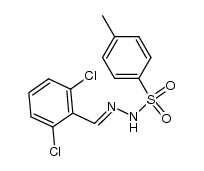 CAS#:37532-04-0
CAS#:37532-04-0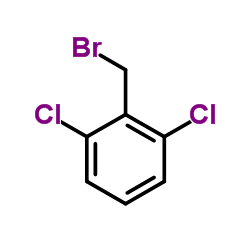 CAS#:20443-98-5
CAS#:20443-98-5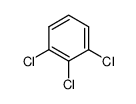 CAS#:87-61-6
CAS#:87-61-6 CAS#:55775-97-8
CAS#:55775-97-8 CAS#:202832-49-3
CAS#:202832-49-3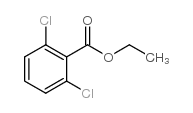 CAS#:81055-73-4
CAS#:81055-73-4![4-Bromo-2-(2,6-dichlorophenyl)-1H-imidazo[4,5-c]pyridine structure](https://image.chemsrc.com/caspic/305/1334411-79-8.png) CAS#:1334411-79-8
CAS#:1334411-79-8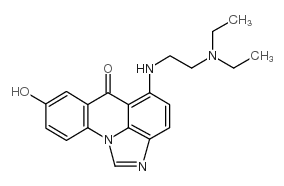 CAS#:138154-39-9
CAS#:138154-39-9 CAS#:35377-49-2
CAS#:35377-49-2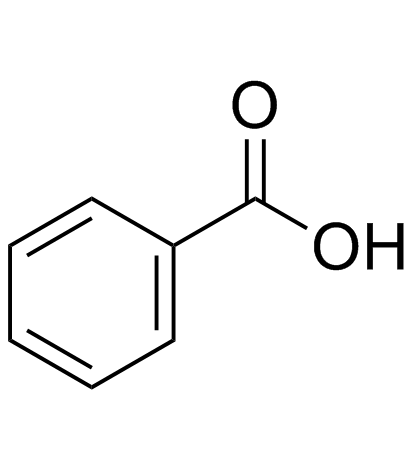 CAS#:65-85-0
CAS#:65-85-0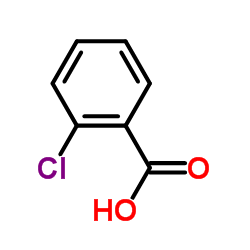 CAS#:118-91-2
CAS#:118-91-2
